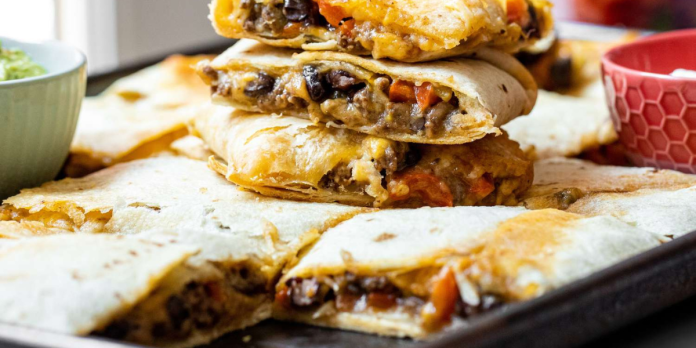Table of Contents
Dinner Food in USA: Dinner is more than just a meal in the USA; it’s a time for connection, relaxation, and culinary exploration. Each evening, families and friends gather to enjoy their favorite dishes, often reflecting a rich tapestry of cultural influences, regional specialties, and evolving culinary trends. This article delves into the diverse landscape of dinner in the USA, examining the ingredients, cooking methods, and dining traditions that define this cherished mealtime.
A Brief History of Dinner in USA
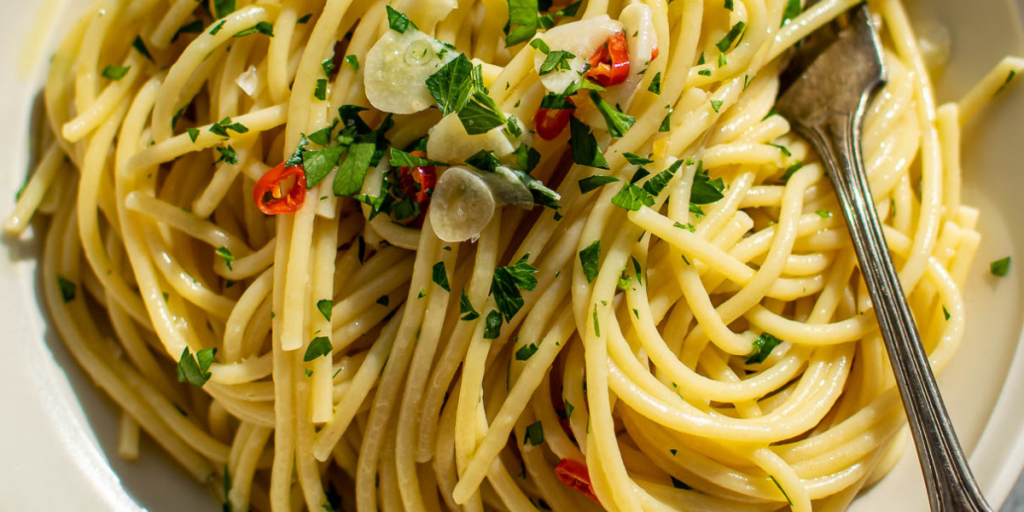
The concept of dinner has evolved significantly throughout American history. In the early years of the country, dinner was often a hearty midday meal, while the evening meal was lighter. As time went on, particularly during the 19th and 20th centuries, the social norms around dining shifted. The evening meal gradually became the main meal of the day, a time for families to gather after a long day’s work.
Early American Dining Traditions (Dinner Food in USA)
In colonial America, the meal structure was different from what we see today. Dinner was usually served in the middle of the day, and families would gather to enjoy substantial dishes that reflected the agricultural practices of the time. Meat, bread, and seasonal vegetables made up the bulk of the diet, with preparation methods focusing on preservation techniques like salting and drying.
- Colonial Ingredients: The ingredients available to early American settlers were largely dictated by the local environment. Commonly used ingredients included corn, beans, squash, and various meats. The “three sisters”—corn, beans, and squash—were often planted together and formed the basis of many meals.
- Cooking Methods: Cooking methods varied based on available resources. Open hearths and wood-fired ovens were common, leading to a variety of cooking techniques such as roasting, boiling, and baking. Stews and soups were popular as they could be prepared in large quantities and made use of whatever ingredients were available.
- Social Structure: Dining customs were also influenced by social status. Wealthier families had access to a wider variety of foods and more elaborate meals, while poorer families relied on simpler, hearty fare. The dining experience was a reflection of one’s social standing, with formal dining practices becoming popular among the elite.
The Evolution of Dinner in American Society (Dinner Food in USA)
As the nation expanded westward and industrialization took hold, the dynamics of dining began to shift. Urbanization led to changes in work patterns, with more people working outside the home. This shift laid the groundwork for the modern concept of dinner in the USA, as families sought to connect over the evening meal after a day of labor.
- The Industrial Revolution: The Industrial Revolution dramatically altered American life, including mealtime. As people moved to cities for work, traditional family farms were replaced by urban living. The convenience of pre-packaged and processed foods began to influence dinner choices, changing how families prepared and enjoyed their meals.
- Emergence of Dinner as a Social Event: By the late 19th century, dinner parties became a popular social activity among the middle and upper classes. These gatherings showcased culinary skills and social status, with elaborate meals often accompanied by etiquette rules and formal dress codes. The tradition of formal dining remained prominent into the 20th century.
- Post-War Dining Changes: After World War II, the American diet began to change significantly due to an increase in disposable income and a shift toward convenience foods. The rise of television dinners and fast-food restaurants revolutionized how Americans approached dinner, as families sought quick and easy meal solutions.
- Healthy Dinner Food in USA : Best of 2024
Cultural Influences on Dinner in the USA (Dinner Food in USA)

One of the most remarkable aspects of dinner in the USA is the wide range of cultural influences that have shaped the American culinary landscape. The country’s history of immigration has brought together various culinary traditions, resulting in a diverse array of dinner options.
The Melting Pot of Flavors (Dinner Food in USA)
The term “melting pot” aptly describes the USA’s culinary scene, where various cuisines have blended to create unique dining experiences. Italian, Mexican, Chinese, and Indian cuisines are just a few examples of how immigrant cultures have influenced American dinner traditions. Dishes from these cultures have been embraced, adapted, and often fused with local ingredients and flavors, leading to the creation of new, hybrid dishes that reflect the dynamic nature of dinner in the USA.
- Italian Influence: Italian immigrants in the late 19th and early 20th centuries brought with them culinary traditions that have become staples of American cuisine. Pasta dishes like spaghetti and meatballs and pizza are now ubiquitous in American households. Italian-American chefs have also played a significant role in popularizing dishes like lasagna and fettuccine Alfredo, which have been adapted to suit American tastes.
- Mexican Cuisine: The influence of Mexican cuisine is evident in the popularity of dishes like tacos, enchiladas, and burritos. These dishes have evolved in American kitchens, leading to regional variations such as Tex-Mex, which incorporates American ingredients and flavors. The use of fresh ingredients like avocados, tomatoes, and cilantro has also influenced the way Americans approach flavor and meal preparation.
- Asian Flavors: Asian cuisines, particularly Chinese, Japanese, and Thai, have made significant contributions to American dinner options. Chinese takeout has become a staple for many families, featuring dishes like General Tso’s chicken and sweet and sour pork. Sushi bars and ramen shops have gained popularity, introducing Americans to the concept of fresh, hand-prepared dishes.
- Indian Cuisine: The rise of Indian cuisine in America has introduced flavorful spices and dishes such as curry, naan, and biryani. The vegetarian options prevalent in Indian cooking align with the growing interest in plant-based diets, making these dishes increasingly popular among health-conscious eaters.
- Ingredients for Fried Rice and Chicken: Best of 2024
This culinary fusion has enriched the dining experience, making dinner in the USA a flavorful journey through diverse cultural influences.
Regional Variations in Dinner (Dinner Food in USA)
Dinner in the USA is not only shaped by cultural influences but also by regional variations. Each part of the country has its culinary traditions influenced by the local climate, agricultural practices, and historical context.
The Northeast: A Seafood Haven (Dinner Food in USA)

The Northeast region is known for its seafood, hearty stews, and rich pasta dishes. Coastal areas take advantage of the ocean’s bounty, incorporating fresh fish and shellfish into popular dinner meals. Here, the dining scene is characterized by a mix of historical dishes, such as clam chowder and lobster rolls, and contemporary interpretations that focus on sustainability and local sourcing.
- Clam Chowder: This creamy soup, often made with clams, potatoes, onions, and celery, is a staple of Northeastern cuisine, particularly in New England. Variations such as Manhattan clam chowder, which is tomato-based, showcase the region’s diverse culinary influences.
- Lobster Rolls: Originating from the coastal areas of Maine, lobster rolls consist of fresh lobster meat served in a toasted bun, often with mayonnaise and celery. This dish exemplifies the region’s reliance on fresh seafood and has gained popularity across the country.
- Italian-American Influence: Northeastern cities, particularly New York and Philadelphia, boast a rich Italian-American culinary scene. Dishes like pasta primavera and chicken Parmesan reflect the integration of Italian flavors into American dining culture.
In urban centers like New York City and Boston, the culinary landscape reflects a blend of traditional and modern dining experiences. Fine dining establishments offer innovative takes on classic dishes, while food markets and street vendors showcase the vibrant flavors of the region.
Ingredients for Fried Rice and How to Prepare It Best 1
The South: Comfort and Tradition (Dinner Food in USA)
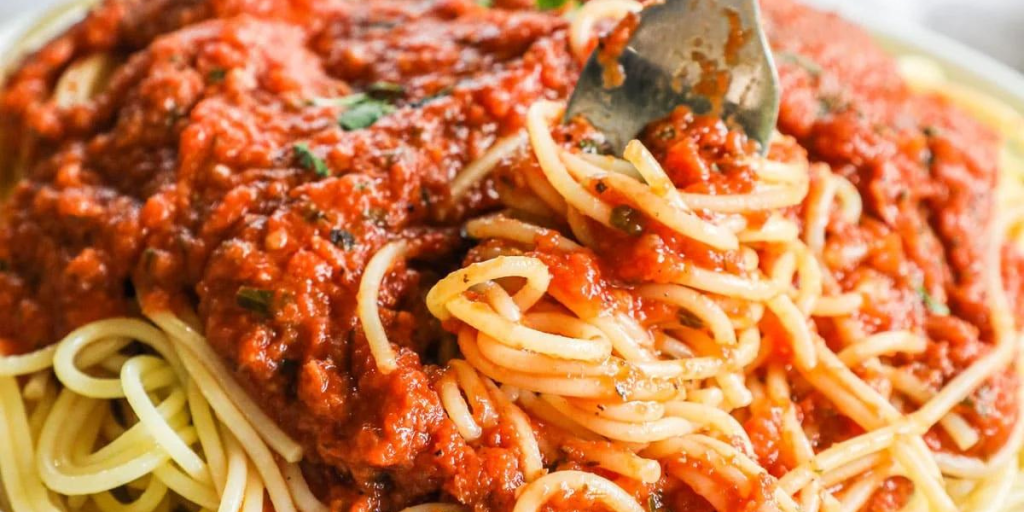
Southern cooking emphasizes comfort food, often featuring slow-cooked dishes, barbecue, and rich gravies. Meals in the South are characterized by bold flavors and a strong sense of tradition. Ingredients like corn, collard greens, and pork are staples in many Southern households, often prepared with recipes passed down through generations.
- Southern Barbecue: Barbecue is a defining feature of Southern cuisine, with each state boasting its unique style. North Carolina is known for its vinegar-based sauces, while Texas-style barbecue focuses on smoked brisket and spicy sauces. The communal aspect of barbecuing also highlights the social nature of Southern dining.
- Biscuits and Gravy: This iconic Southern dish features fluffy biscuits smothered in creamy sausage gravy. It represents the region’s penchant for hearty, comfort food that brings families together around the dinner table.
- Gumbo and Jambalaya: These Creole and Cajun dishes from Louisiana reflect the region’s diverse cultural influences. Gumbo is a thick stew often made with seafood, sausage, and okra, while jambalaya is a rice dish loaded with meat and vegetables.
In addition to traditional fare, contemporary Southern cuisine has seen a resurgence, with chefs putting their unique spins on classic dishes. This evolution has given rise to a new appreciation for the region’s culinary heritage, leading to the popularity of farm-to-table dining experiences that highlight local ingredients.
Best Eggrolls Recipe: How to Make Eggrolls on 1kg Flour
The Midwest: Heartland of Hearty Meals (Dinner Food in USA)

The Midwest is known for its agricultural heritage, and this is reflected in the dinner options that often highlight meat and potatoes. Hearty casseroles, roasted meats, and farm-fresh vegetables are staples of the region. The emphasis on comfort food is apparent in many households, where family recipes play a crucial role in mealtime traditions.
- Meat and Potatoes: The Midwestern diet is often characterized by a focus on meat, particularly beef. Dishes like meatloaf, pot roast, and grilled steaks are commonly featured in family dinners.
- Casseroles: Midwesterners are known for their love of casseroles, often incorporating ingredients like cream of mushroom soup, cheese, and various vegetables. Tuna noodle casserole and green bean casserole are classic examples of this beloved cooking style.
- Sweet Corn and Pumpkin Pie: With vast agricultural fields, the Midwest produces an abundance of sweet corn, which is often served as a side dish during dinner. Pumpkin pie, made from locally sourced pumpkins, has become a quintessential dessert during the fall months.
The Midwest’s culinary scene is also evolving, with a growing emphasis on local sourcing and sustainable practices. Farmers’ markets and community-supported agriculture programs encourage consumers to connect with local producers, leading to a renewed appreciation for seasonal ingredients.
The West Coast: A Culinary Frontier (Dinner Food in USA)
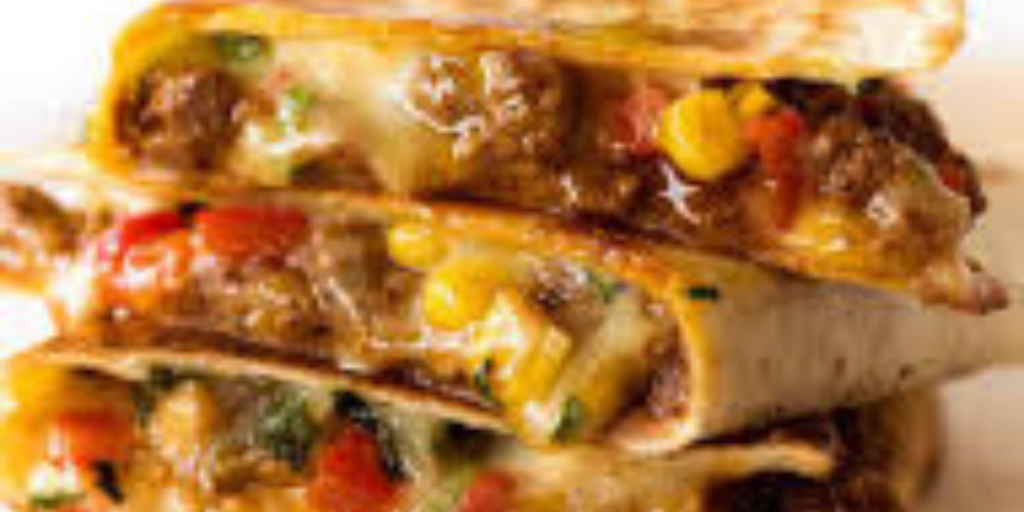
The West Coast is known for its diverse culinary scene, which often emphasizes health and innovation. The region’s access to fresh produce, seafood, and international influences has resulted in a vibrant dining culture that celebrates creativity and sustainability.
- California Cuisine: This culinary movement emphasizes fresh, locally sourced ingredients and often incorporates international flavors. Dishes may feature seasonal produce, artisanal cheeses, and high-quality meats, all prepared in simple yet flavorful ways.
- Fusion Foods: The West Coast is a hub for fusion cuisine, where chefs experiment with blending various culinary traditions. Dishes like Korean tacos and sushi burritos showcase this innovative approach to cooking, making the dining experience exciting and diverse.
- Plant-Based Options: The emphasis on health and wellness has led to a growing interest in plant-based dining. Restaurants and home cooks alike are creating delicious vegetarian and vegan options, reflecting a shift toward more sustainable eating practices.
The West Coast’s dining scene is also influenced by the cultural diversity of the region, with a variety of ethnic restaurants offering authentic dishes from around the world. This culinary melting pot encourages exploration and experimentation, making dinner a journey of flavors.
The Role of Family in Dinner Traditions (Dinner Food in USA)

Dinner is often seen as a time for families to come together and share their daily experiences. This social aspect of dining has evolved over the years, adapting to changing lifestyles while maintaining its significance in family dynamics.
Family Mealtime Rituals
- Gathering Around the Table: For many families, sitting down together for dinner is a cherished ritual. This time allows family members to reconnect, share stories, and enjoy a meal prepared with care. The act of gathering around the table fosters communication and strengthens familial bonds.
- Home-Cooked Meals: Preparing dinner at home is a way for families to bond and create lasting memories. Cooking together can be a fun and educational experience, allowing children to learn valuable life skills while spending quality time with their parents.
- Meal Planning: Families often engage in meal planning to ensure they have nutritious and balanced meals throughout the week. This practice encourages collaboration and communication, as family members can discuss their preferences and dietary needs.
The Impact of Modern Lifestyles (Dinner Food in USA)
While traditional family mealtime rituals remain important, modern lifestyles have introduced new challenges. Busy schedules, work commitments, and extracurricular activities can make it difficult for families to gather for dinner regularly.
- Fast-Paced Lifestyles: The demands of modern life often lead families to seek convenient meal solutions. Pre-packaged meals, takeout options, and meal delivery services have become increasingly popular, offering quick alternatives for busy households.
- Technology and Dinner: Technology has also impacted the way families experience dinner. While smartphones and tablets provide access to recipes and cooking tutorials, they can also be distractions during mealtime. Balancing technology with quality family time is essential for maintaining the significance of dinner.
- Diverse Family Structures: The definition of family has evolved, with diverse family structures becoming more common. Blended families, single-parent households, and multigenerational living arrangements each bring unique dynamics to the dinner table, shaping how meals are prepared and enjoyed.
Celebrating Dinner Through Special Occasions (Dinner Food in USA)
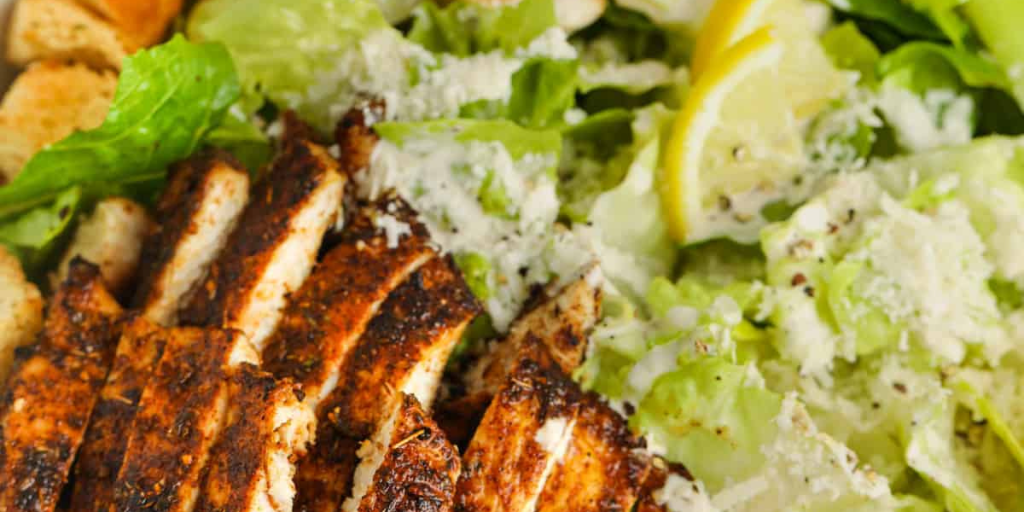
Special occasions often elevate the dinner experience, transforming it into a festive celebration. Whether for holidays, birthdays, or other milestones, the meals shared during these events carry cultural significance and create lasting memories.
Holiday Celebrations (Dinner Food in USA)
- Thanksgiving: Thanksgiving is perhaps the most iconic holiday centered around dinner in the USA. Families gather to share a feast that often includes roast turkey, stuffing, cranberry sauce, and pumpkin pie. This holiday embodies gratitude and togetherness, making it a cherished occasion for many Americans.
- Christmas: Christmas dinner varies widely across the country, reflecting regional traditions and family customs. Common dishes include glazed ham, prime rib, and various casseroles. The festive spirit is often amplified by the decorations, music, and the act of giving thanks.
- Fourth of July Barbecues: Independence Day is celebrated with outdoor barbecues, where families and friends gather to enjoy grilled meats, salads, and classic American sides like coleslaw and baked beans. Fireworks and festivities add to the celebratory atmosphere.
Milestone Celebrations (Dinner Food in USA)
- Birthdays: Birthday dinners are often marked by special meals, cakes, and celebrations with loved ones. Some families may have unique traditions, such as a favorite dish or a specific way of celebrating that has been passed down through generations.
- Graduations and Anniversaries: Milestones such as graduations and anniversaries are often celebrated with special dinners, where families gather to honor achievements and create lasting memories. These occasions highlight the significance of family and community support.
- Cultural Celebrations: Many cultures have unique dining traditions associated with specific holidays or events. For example, the Lunar New Year may feature family feasts with traditional dishes, while Diwali celebrations often include sweets and savory snacks shared among friends and family.
Dining Out: The Rise of Restaurants and Food Culture (Dinner Food in USA)
As American lifestyles have evolved, so has the dining landscape. The rise of restaurants, food trucks, and dining experiences has transformed how people approach dinner. Dining out has become a social activity that allows individuals to explore new flavors and culinary styles.
The Restaurant Experience (Dinner Food in USA)
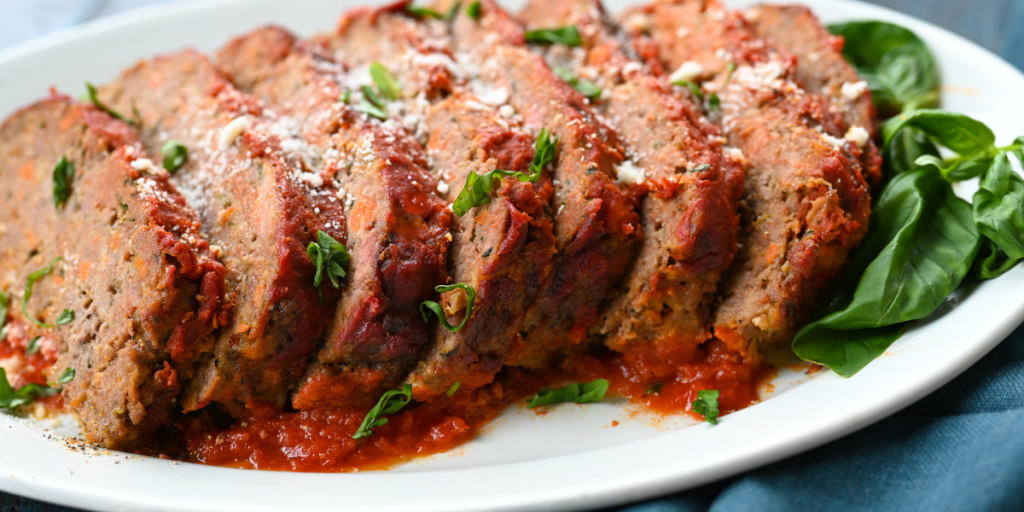
- Diverse Options: The restaurant scene in the USA is incredibly diverse, offering everything from casual diners to fine dining establishments. This variety allows diners to explore different cuisines, flavors, and dining experiences.
- Culinary Innovation: Chefs across the country are continually pushing the boundaries of culinary creativity. From molecular gastronomy to farm-to-table concepts, the dining experience has evolved to reflect a focus on quality ingredients and innovative techniques.
- Food Trends: Current food trends, such as the popularity of food trucks, pop-up restaurants, and craft breweries, have further enriched the dining landscape. These trends offer unique culinary experiences and encourage diners to seek out new and exciting options.
The Social Aspect of Dining Out (Dinner Food in USA)
Dining out is often a social event, providing opportunities for connection and conversation. Friends and family gather at restaurants to celebrate special occasions, catch up, or simply enjoy each other’s company over a shared meal.
- Community Gathering: Restaurants often serve as community hubs where individuals can gather to share experiences and support local businesses. This sense of community is especially evident during events like restaurant weeks and food festivals.
- Cultural Exchange: Dining out allows individuals to experience cuisines from around the world without leaving their communities. This cultural exchange fosters understanding and appreciation for diverse culinary traditions.
- Impact of Social Media: The rise of social media has transformed how people discover and share dining experiences. Platforms like Instagram and TikTok have become popular for showcasing food creations, restaurant recommendations, and culinary trends, influencing diners’ choices and shaping food culture.
The Future of Dinner in the USA (Dinner Food in USA)
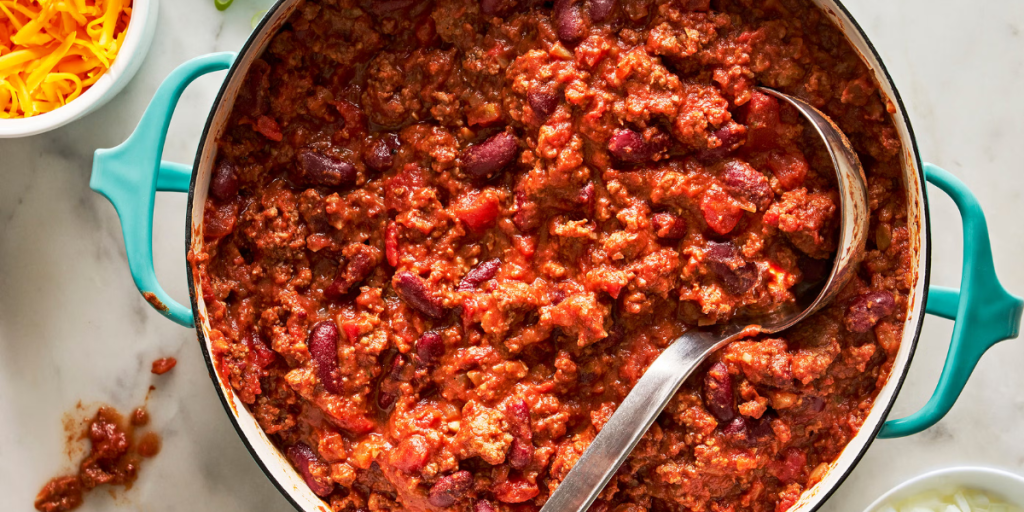
As society continues to evolve, so will the practices and traditions surrounding dinner in the USA. Emerging trends and influences will shape the future of mealtime experiences, offering new possibilities for culinary exploration and connection.
Embracing Technology
The integration of technology into the dining experience is expected to grow in the coming years. From smart kitchen appliances to apps that facilitate meal planning and preparation, technology will continue to simplify the cooking process and enhance the enjoyment of dinner.
- Smart Cooking Devices: The rise of smart cooking devices allows individuals to monitor cooking times and temperatures remotely. This technology simplifies meal preparation, making it easier for busy individuals to enjoy home-cooked meals.
- Recipe Apps and Online Communities: The availability of recipe apps and online cooking communities provides a platform for individuals to share their culinary creations and discover new dishes. This fosters a sense of community and encourages culinary experimentation.
- Virtual Dining Experiences: Virtual dining experiences, such as online cooking classes and virtual dinner parties, have gained popularity. These experiences allow individuals to connect with friends and family, even from a distance, while enjoying a shared meal.
Evolving Culinary Trends
The culinary landscape is ever-changing, with new trends and innovations shaping the way dinner is experienced in the USA. Some trends to watch for in the coming years include:
- Fusion Cuisine: The blending of different culinary traditions will likely continue to gain popularity, resulting in exciting new dishes that reflect diverse influences. Chefs and home cooks alike will experiment with flavor combinations and techniques to create innovative dinner options.
- Health-Conscious Dining: The focus on health and wellness will remain a driving force in culinary choices, leading to the development of more nutritious and wholesome dinner options that cater to various dietary needs.
- Sustainable Practices: The commitment to sustainability will shape the future of dinner, with increased emphasis on ethical sourcing, seasonal ingredients, and waste reduction practices becoming the norm.
The future of dinner in the USA promises to be dynamic and inclusive, reflecting a society that values creativity, health, and community.
Dinner Food in USA
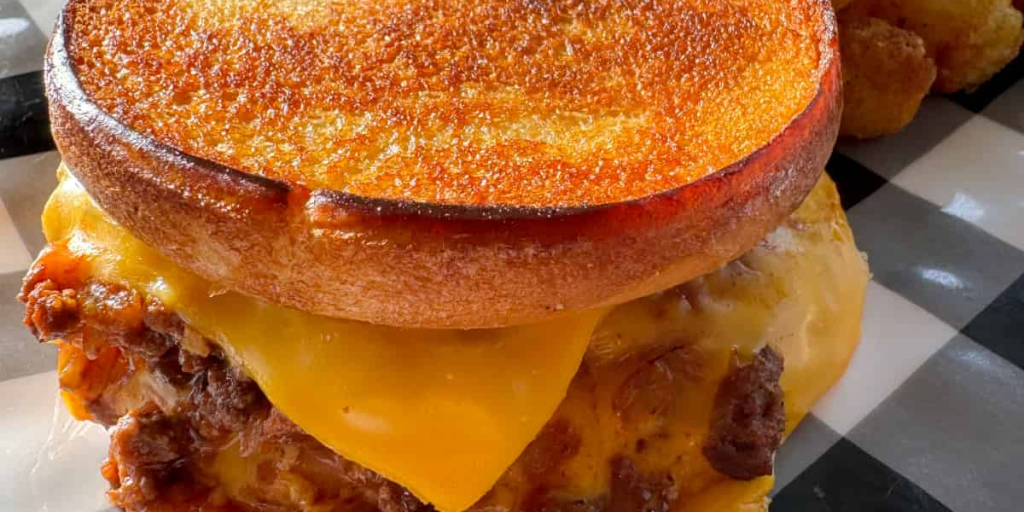
Dinner in the USA is a multifaceted experience that encompasses diverse culinary influences, regional variations, and evolving trends. It serves as a reflection of cultural identity, personal values, and social connections. As Americans continue to navigate the complexities of modern life, the dinner table remains a cherished space for connection, exploration, and celebration. Whether through traditional family meals or innovative culinary experiences, dinner in the USA will continue to thrive as a vibrant and essential part.
Dinner Food in USA
















